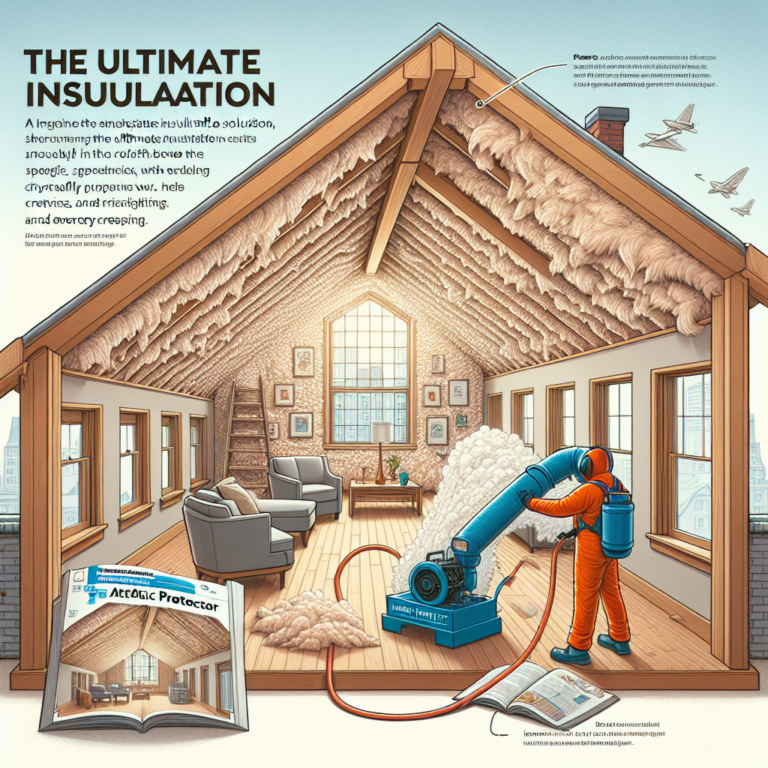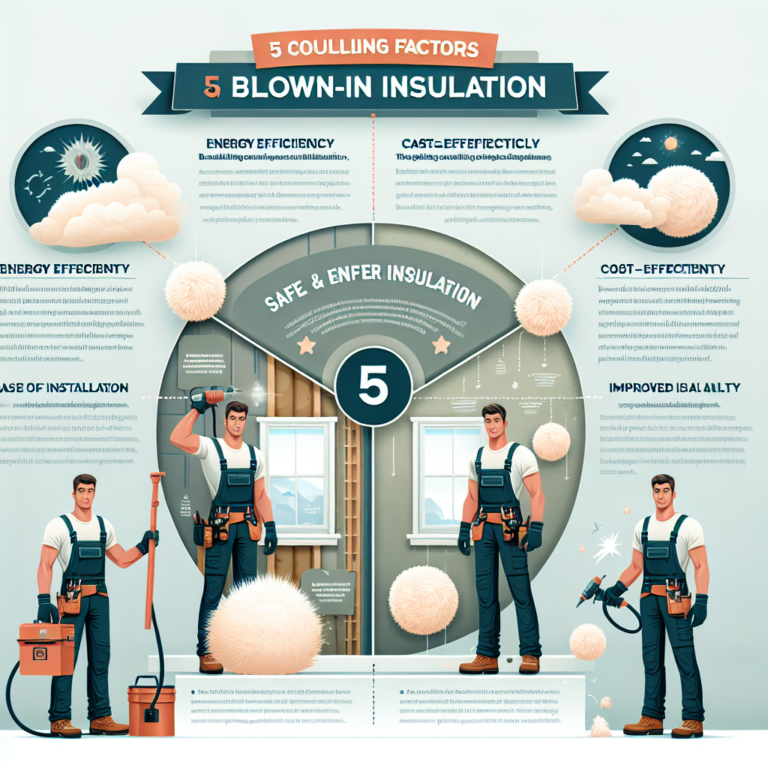Slash Your Home Depot Blown Insulation Cost with Powerful Vacuum Solutions
Introduction
Investing in blown-in insulation is one of the smartest ways to lower energy bills and boost home comfort. But did you know that pairing your purchase with the right equipment can slash your Home Depot blown insulation cost even further? A vacuum for blown in insulation not only streamlines installation and removal of old material, it also helps you buy only what you need—cutting waste and expense. In this guide, we’ll explain how to use a powerful vacuum for blown in insulation to get the best results at the lowest price.
H2: What Is a Vacuum for Blown In Insulation?
A vacuum for blown in insulation is a specialized machine designed to handle loose-fill insulation materials—cellulose, fiberglass, or mineral wool. Unlike standard shop vacuums, this tool combines high-capacity suction with filters and reinforced hoses to:
• Remove old or damaged insulation cleanly
• Transfer loose-fill batts into a blower system for reinstallation or recycling
• Minimize airborne dust and debris during removal or topping off
By investing in or renting this equipment, homeowners can tackle insulation projects in walls, attics, crawl spaces, and floors with professional efficiency.
H2: Key Benefits of Blown-In Insulation and Vacuum Solutions
1. Airtight Coverage and Improved R-Value
Blown-in insulation fills every nook and cranny, eliminating gaps that let heat escape. Cellulose offers an R-value of about 3.5 per inch; fiberglass runs around R-2.2 to R-2.7. A vacuum for blown in insulation ensures material is densely packed, maximizing thermal performance.
2. Eco-Friendly and Cost-Effective
Cellulose insulation is often made from recycled paper treated with non-toxic fire retardants. When you vacuum out old material and reuse or recycle it, you reduce landfill waste and stretch every dollar spent at Home Depot.
3. Noise Reduction and Pest Resistance
The density of blown-in insulation absorbs sound, creating a quieter home. Borate-treated cellulose also deters mold and pests, safeguarding indoor air quality and structural integrity.
4. Faster Installation and Cleanup
Traditional batts require measuring, cutting, and fitting. A vacuum for blown in insulation connects directly to your blower unit: load insulation, hose into cavities, then switch to removal mode when finished. Cleanup is just a matter of emptying collection bags—no strewn fiberglass shards to sweep up.
H2: Choosing the Right Vacuum for Blown In Insulation
Not all vacuums are created equal. When selecting one for blown-in insulation, consider:
• Suction Power (CFM and Water Lift): Higher cubic feet per minute (CFM) ratings and strong water lift figures indicate the vacuum can handle dense insulation.
• Filter System: Look for HEPA or multi-stage filters to capture fine dust and fibers.
• Capacity and Portability: A 20–30 gallon drum strikes a balance between capacity and ease of movement. Wheels and ergonomic handles reduce fatigue.
• Dual Function Modes: Vacuums with dedicated removal and blow-through settings let you switch seamlessly between cleanup and installation.
• Durability: Metal drums, reinforced hoses, and sturdy casters ensure a long service life, minimizing replacement costs over multiple projects.
H2: Tips for Maximizing Savings on Home Depot Blown Insulation
1. Accurately Measure Your Space
Before heading to Home Depot, calculate square footage and desired R-value. Overbuying drives up costs; underbuying leaves gaps. Use online calculators or consult an associate to get precise material needs.
2. Rent vs. Buy Your Vacuum
For a one-time attic top-up, rental programs at Home Depot can save hundreds compared to purchasing. If you plan multiple projects or own a contracting business, buying a reliable vacuum pays off over time.
3. Compare Insulation Materials
Fiberglass is often the cheapest but offers lower R-value per inch. Cellulose costs more up front but can deliver better energy savings. Match material costs with long-term efficiency goals.
4. Leverage Promotions and Rebates
Home Depot frequently runs sales on insulation and tool rentals. Sign up for their Pro Xtra program or email alerts to catch discounts. Also, check for local utility rebates on energy-efficient upgrades.
5. DIY vs. Professional Installation
While pros guarantee coverage and may offer labor warranties, DIY saves on installation fees. If you’re comfortable operating a vacuum for blown in insulation, you can save 30–50% on total project costs.
H2: Frequently Asked Questions
Q: Can I use a regular shop vacuum for blown-in insulation?
A: No. Standard shop vacuums lack the airflow, filtration, and durability needed for safe insulation removal and reblowing.
Q: How much can I save on energy bills?
A: Properly installed blown-in insulation can cut heating and cooling costs by up to 20%, recouping material and tool expenses within a few years.
Q: Is cellulose insulation safe?
A: Yes. Cellulose is treated with non-toxic borates for fire resistance and pest control. When handled with a dedicated vacuum for blown in insulation, airborne dust is minimized.
Conclusion
A vacuum for blown in insulation is the secret weapon to slash your Home Depot blown insulation cost and get professional-grade results. By choosing the right machine, measuring accurately, and taking advantage of promotional offers, you can achieve superior energy efficiency—often at half the price of traditional installation methods. Ready to upgrade your insulation and save on energy bills? Grab a powerful vacuum for blown in insulation, head to Home Depot with your measurements, and watch your savings stack up!












